Shearwater FS-411

- Type:
- artificial reef, freighter, purse seiner
- Built:
- 1945, Hickinbotham Brothers, Stockton CA USA as FS-411 (US Army)
- Specs:
- ( 166 x 32 ft ) 542 tons
- Sunk:
- Dec 11, 2015 - DelJerseyLand Artificial Reef
- GPS:
- 38°31.661' -74°30.607'
- Depth:
- 120 ft

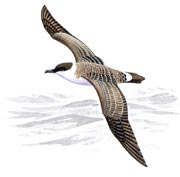
USNS Shearwater (T-AG-177) was an FS-class light freighter built by Hickinbotham Bros. Stockton CA, for the US Army as FS-411. Design 381 coastal freighter FS-411 was Coast Guard-manned, operating in the Central and Western Pacific, including Hawaii, Saipan, Tinian, and Guam, during the closing days of the war. Transferred to the Navy in 1950 as AG-177.
She was placed into service by the U.S. Navy from 1964 to 1969 as USNS Shearwater (T-AG-177). Shearwater began her naval service as a survey support ship with the Military Sea Transportation Service in May 1964. Operated by a Civil Service crew, she operated in the Atlantic Ocean until mid-February 1969, when she was transferred back to the U.S. Army.
The Army, having no peacetime use for such a vessel, sold it, although exact dates and details are lost. Shearwater eventually ended up with Omega Protein, a Menhaden fishing concern that converted her to a purse-seiner out of Reedville Virginia.
The modifications for purse-seining were extensive. The entire aft structure was razed, and the probably worn-out engines were replaced with a pair of GM 149 diesels. A forward wheelhouse was fitted, with a new superstructure erected over the cargo holds. Surprisingly, she kept her original name throughout her life.
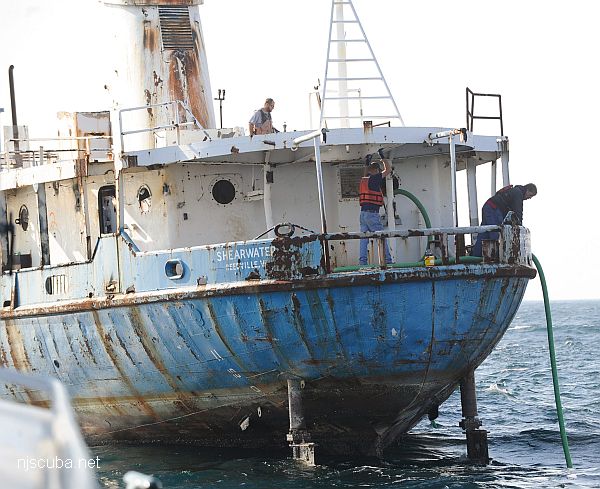
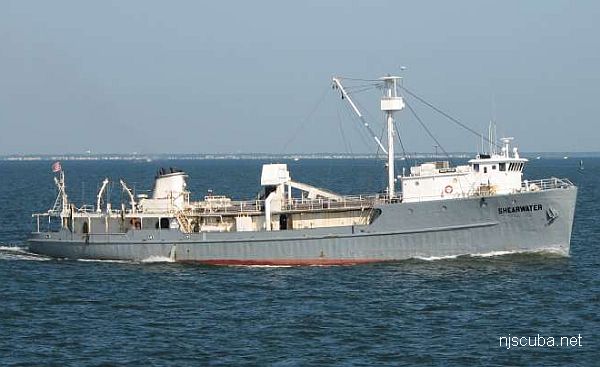
Further modifications included provision to carry two 38 foot aluminum motor skiffs at the stern to set the seine nets, a pumping station amidships to suction the fish from the nets into the cargo holds, and a refrigeration plant to keep them cold. All of this is plainly evident in the photo above. Also, note the crow's nest for fish-spotting.
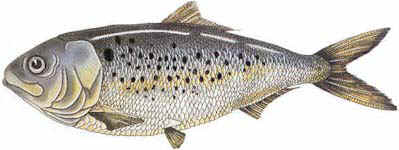
Shearwater could take 1.5 million fish in one trip. Menhaden are one of the commonest fish out there, but operations like this, using nets over a third of a mile long, were still impacting the population. This is an old story with commercial fishing - bigger vessels, better methods, and higher costs lead to over-exploitation. That is simply the natural outcome without regulation, but regulation is often the death of a fishery. On the flip side, it is incredibly difficult to accurately estimate fish populations. Fisheries scientists go on about 'best possible science' while deliberately not saying that the 'best possible science' is pretty much just guessing based on the scantiest of data. Is the fishery really over-exploited, or are the regulators just defending their turf? Sometimes it's hard to say.
Shearwater was fishing in June of 1998 when she ran aground just 100 feet off the beach. The crew left her, shutting down the refrigeration plant in the process. For a week, Shearwater sat aground on the beach at Pea Island National Wildlife Refuge, about 10 miles south of Nags Head, NC, with its catch of 600 tons of menhaden ripening in the sun.
The owners dispatched another vessel from their fleet to take off Shearwater's spoiling cargo. The Gulf Island was en route to North Carolina when she collided with another fishing vessel near the Hampton Roads Bridge/Tunnel. Following delays resulting from this incident, the Gulf Island arrived on scene and began to remove the Shearwater's cargo. On the first attempt, two feet of liquid was offloaded, but the pumps were unable to pick up solids. A second attempt to pump off the cargo was unsuccessful because the menhaden in the fish holds had compacted and were no longer a slurry.
At high tide on the evening of June 24, using several tugs, salvors successfully refloated the Shearwater. The salvor reported that all tanks, holds, and voids were sound and that no damage was noted. Shearwater was towed to Reedville, Virginia where her cargo was removed at the fish processing plant. "The town smelled a little rancid, but we didn't get any air pollution complaints," said Steve Jones, Omega's general manager in Reedville. "The community knew we were in a bind."
Omega Protein acquired two new vessels in 2013 and retired the well-worn Shearwater. An effort to reef the vessel in North Carolina failed for lack of funding. She was docked in Norfolk for a time alongside the Tamaroa, where the small raft of dead vessels generated some complaints about pollution and channel blockage. She was then sold to Coleen Marine Services and cleaned for reefing.
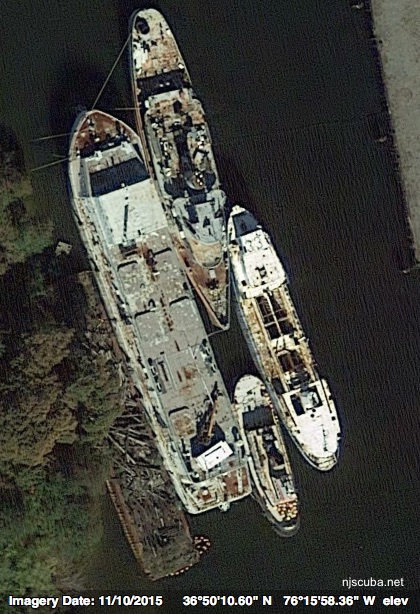
Before it was reefed, the 71-year-old Shearwater had undergone extensive environmental cleanup and preparation for sinking, including removal of interior paneling and insulation from the ship’s superstructure, emptying all fuel tanks, sanitation equipment, and lines, and hydraulic fluids. The ship's sampling protocol and the results from testing were reviewed by the US Environmental Protection Agency for PCBs and found clean. Prior inspection determined that Shearwater also met US Coast Guard standards for sinking as an artificial reef. All machinery, doors and hatches, and electrical navigation equipment also were removed from the ship in preparation for arrival at its final port of call as prime fish habitat. The sinking in 2015 did not go so well, and after six hours and a good deal of fretting, the wreck wound up on her side.
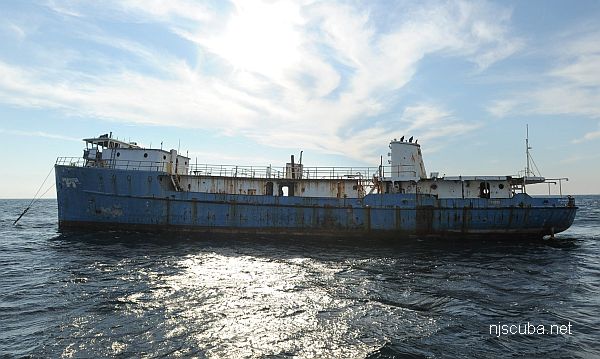
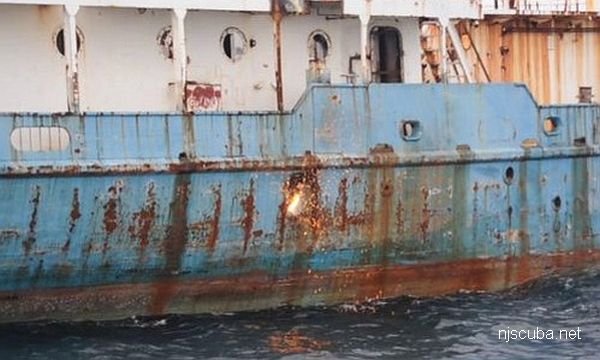
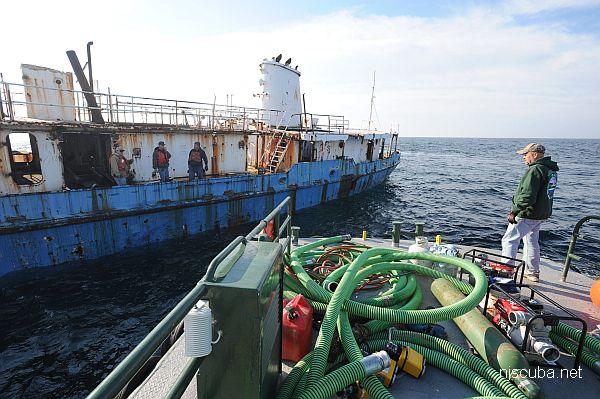
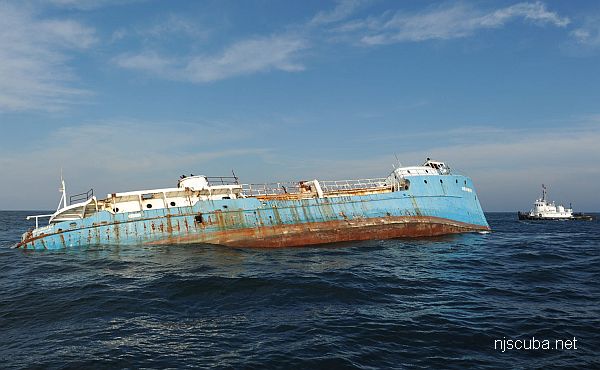
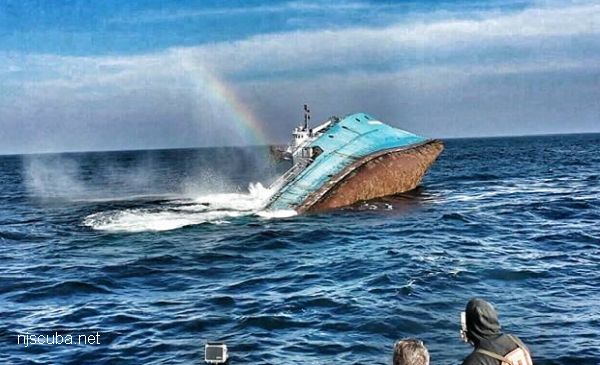
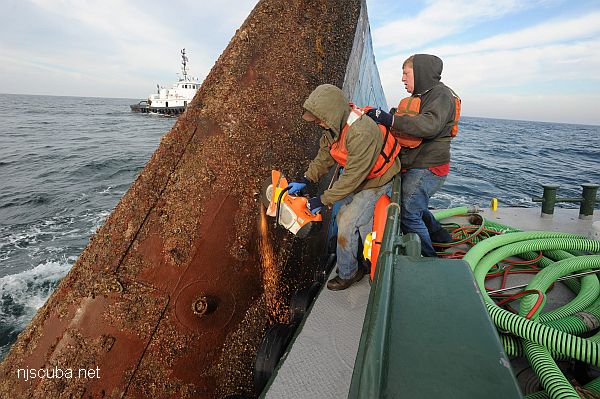
sister to John S Dempster


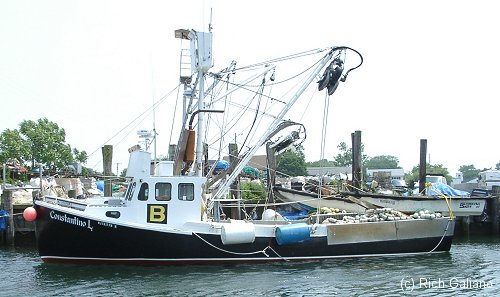
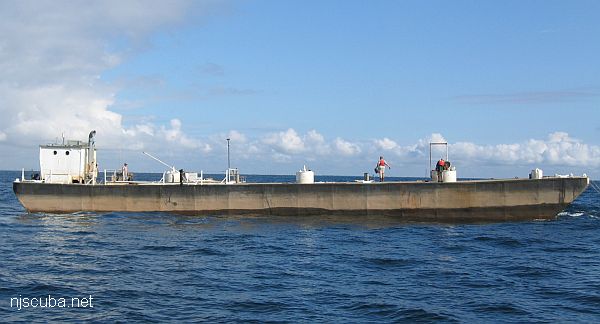
Questions or Inquiries?
Just want to say Hello? Sign the .